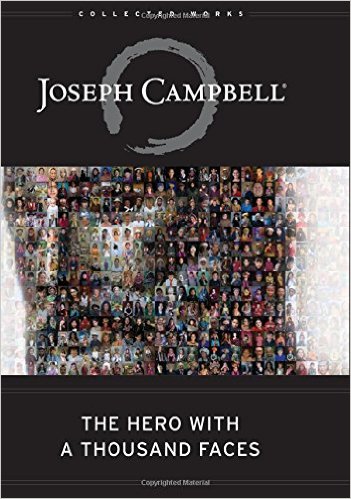'Guns, Germs and Steel' is a book of history or popular science, depending on the way you look at it. It tries to answer few questions on human evolution. The author of this book Jared Diamond is a professor of geography and his first-hand experience of different societies across the world enabled him to look into the questions of evolution broad-mindedly. The motivation behind this book was to answer the question asked to him by one of his friends in New Guinea. The question was why the West European nations colonized the New Guinea and not the vice versa. A narrow-minded approach might give superiority to some races and might conclude that these races were better in using their brains and manipulating the nature but Jared Diamond says that races have nothing to do with differences in evolution. Instead, it was the geography and biogeography which made the things the way they stand today.

In determining that which societies will be comparatively technologically advanced and which will remain hunter-gatherer, the development of food production has a crucial role to play. The Fertile Crescent of Eurasian landmass and some areas in China had an advantage - the availability of grasses with large seeds which were the potential candidates for domestication. Americas, Australia, and Sub-Saharan Africa have few domesticable plant species compared to Eurasia. The same can be argued for the animals. In addition, the east-west major axis of the Eurasia helped in the adoption of domesticated species in new societies, as weather/climate conditions at same altitude do not vary much. Hence, a crop can be easily grown in different societies having similar climate, for example, subtropical climate. Once crops were grown on a large scale, humans started to settle in villages and leave hunting-gathering lifestyle. Once that happened, large centers of human population led to the possibility of having humans whose primary occupation was not farming. This happened because of availability of food surplus. That, in turn, led to the development of technology and centralized decision-making system.
Jared Diamond also explains the reason behind the movement of the people in a certain direction and not in the other direction. To determine the direction of the movement linguistic evidence plays a major role, followed by archaeological artifacts such as pottery. If in an area a language family shows more variation than an area where subfamilies of a language group show greater similarities, then it is clear that former has got more time to develop differences and that area can be considered to be the origin of the people speaking languages of that family. Also, if in a language family root words are same for an object then it means that that object existed when the language was evolving . If there is an entirely different word for that object not found in parent languages then that object was independently developed or acquired from neighboring civilizations.
The author gives examples of states which prohibited the use of certain technologies such as shipbuilding and seafaring in China in medieval times and use of guns in Japan in later medieval times. The author argues that these decisions could have been potential game-changers. Organization of the state matters in the eventual fate of the people. As China was unified when colonial exploration begun in medieval times, a decision by a monarch to not build ships was the end of the road for prospective explorers. At the same time, Europe was organized into many small states. When Columbus was denied the permission by one state, he approached another and after many unsuccessful attempts, he got the permission from Spanish State.
In the concluding chapter, Jared Diamond discusses the future of history as a science. As said in the opening paragraph, this book can be considered to be a book of history if we see history as the description of something which happened in the past or to be a book of popular science if the methodology involves logical deduction and evidence-based reasoning. Compared to physical sciences such as physics, chemistry and molecular biology, history and its sister streams such as evolutionary biology, archaeology etc. face the problem that in these streams the past matters. In physics, the history of atoms does not matter when they collide. Also, in history, we cannot conduct controlled experiments. The other problem is that the results are probabilistic in nature which means that for a large sample results can be predicted with a reasonable accuracy but we cannot predict the individual events.


























